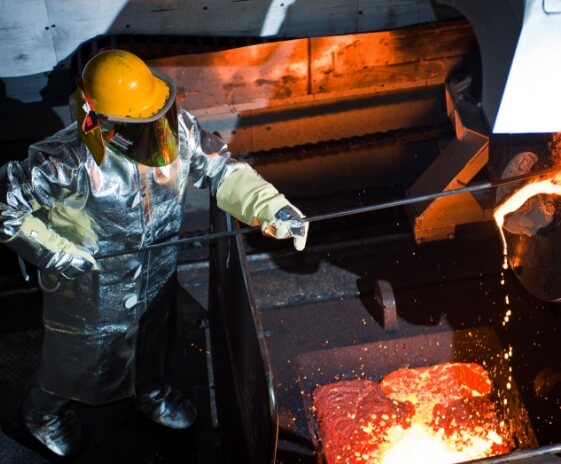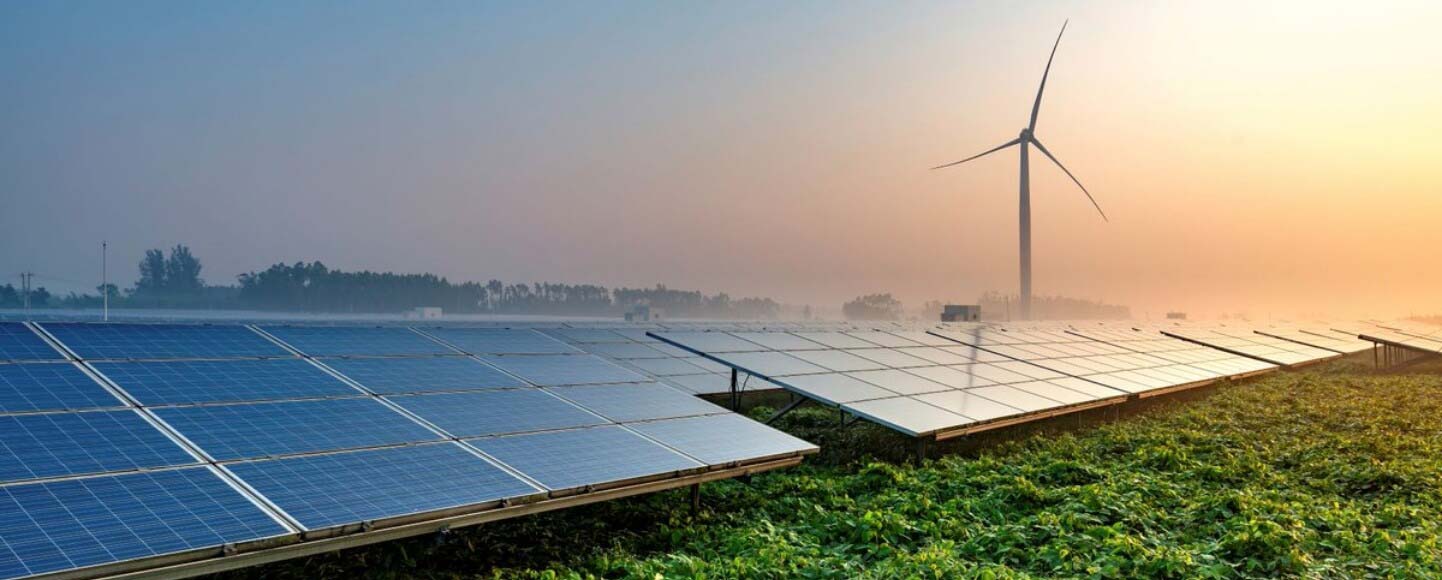Environmental Benefits Of Recycling Scrap Metal & Electronic Waste
Scrap metal recycling is an integral part of the global manufacturing process because the use of scrap metal lowers the environmental impact of manufacturing raw materials, as well as the total cost of producing new materials. The scrap metal industry serves as a “surface mine” – that is, a plentiful source of metal “above ground” to be utilized to produce new products from old, therefore significantly reducing the need for traditional mining. Recycling scrap metal reduces the amount of harmful materials in our waste stream, provides green jobs for Americans, protects the environment, reduces the emission of greenhouse gases and does not utilize as much energy than making metal from virgin ore.
For example, according to The Can Manufacturers Institute, “Metal cans are created with recycled & abundant materials, which minimizes the depletion of natural resources. Aluminum & Steel cans are the most recycled beverage & food containers in the nation. The result of all that recycling? Reduced costs, less pollution & a steady supply of resources for years to come—the very definition of sustainability.”
Electronic products are created from resources that are valuable and highly engineered materials which include glass, plastics, and metals, all of which need energy to mine & manufacture them. Recycling and reusing consumer electronics conserves our natural resources. Electronics recycling offers the opportunity to transform old technology into a renewable resource. By reclaiming these materials, E-scrap processors mine these valuable commodities for use in the next generation of electronic products. This conservation strategy also protects the environment by keeping scrap materials out of landfills. This is important because many of these products contain potentially hazardous materials like lead and mercury which must be disposed of safely.

The Impact Of The Recycling Industry
Consider these facts (According to the Institute for Scrap Recycling Industries, the Steel Recycling Institute, U.S. EPA and E-World Online):

Ferrous Scrap
- More than 60% of the Iron and Steel made in the United States is manufactured using Ferrous scrap.
- Recycling Steel requires 60% less energy than producing steel from iron ore.
- On average, the U.S. processes sufficient Ferrous scrap day-to-day, by weight, in order to build 25 Eiffel Towers daily within a year.
- Creating products from recycled steel rather than virgin ore utilizes 40% less water & reduces mining wastes by 97%.
- With the use of Ferrous scrap instead of virgin materials in the production of steel and iron, the reduction of CO2 emissions goes down by 58%.
- Due to recycling, in a year, the steel industry saves the equivalent energy to power about 18 million households.
- Recycling one car saves more than 2,500 lbs. of iron ore 1,400 lbs.. of coal and 120 lbs. of limestone
- Steel is the most recycled material in the United States
Ferrous Scrap
- Nonferrous metals, which include zinc, tin, nickel, lead, copper, aluminum, and others, are among some of the materials that don’t degrade or lose their physical or chemical properties in the process of recycling. Therefore, metals that are nonferrous have the capacity to be recycled for an immeasurable amount of time.
- The United States recycles sufficient copper annually to give the content for twenty-six thousand Statues of Liberty.
- Copper alloy scrap provides about half of the copper consumed in the United States each year.
- If every aluminum scrap processed in the U.S. were utilized only to create standard soda cans, the cans that are lined up would be stretching out 25 million miles – the distance from Venus to Earth.
- The United States aluminum cans that are domestically recycled– saved the energy equivalent of 26 million gasoline barrels – America’s whole gas supply for 3 days.
- Recycling one ton of aluminum conserves up to 5 tons of bauxite ore and 14-megawatt hours of electricity.
- Energy Saved with the use of aluminum scrap vs. virgin materials (mined ore) is up to 92%.
- Approximately 60% of the aluminum used in North America is from domestically recycled content.
- An aluminum can that’s used is recycled & back on the shelf of the grocery in as little as 60 days.
- Lead-acid batteries, such as Auto, Truck, Valve Regulated (used for computer data center back-up) – a primary use for Lead, have a 99.3% recycling rate. See the article: “Study finds nearly 100 percent recycling rate for lead batteries”
- Over 9 million metric tons of nonferrous scrap were processed in the U.S. in the previous year from a wide range of commercial, consumer, as well as industrial sources (ISRI)
Electronic Scrap
- The Environmental Protection Agency states that 3 million tons of e-waste are generated in the US. annually.
- Last year, the U.S. electronics recycling industry processed 3 million to 4 million tons of used and end-of-life electronic equipment. Over 70% of the collected equipment’s manufactured into specification-grade commodities – which include glass, plastics, circuit boards, lead, copper, aluminum, and scrap steel.
- 1 metric ton of electronic scrap from PCs consists of more gold than that recovered from seventeen tons of gold ore.
- Recycling 100 million cell phones is the equivalent of saving enough energy to power approximately 194,000 US households with electricity for one year.
- Almost all of the materials used to manufacture a cell phone can be recovered to make new products. Plastics, metals, and batteries that are rechargeable from recycled cell phones are converted into new products and materials.
- Recycling a million laptops conserves the energy equivalent to the electricity utilized by 3,657 US homes in one year.
- 1 metric ton of circuit boards could consist of forty to eight hundred times the quantity of gold & thirty to forty times the quantity of mined copper from 1 metric ton of ore in the US.
- For every million recycled cellphones, 772 pounds of silver, 35,274 pounds of copper, 75 pounds of gold & 33 pounds of palladium could be recovered, in accordance with the U.S. Environmental Protection Agency (EPA) – 2014 Data.
Video Gallery
E-waste is defined as outdated or obsolete technological devices frequently used in homes, offices, and also mobile environments. To view examples of E-Scrap we accept












